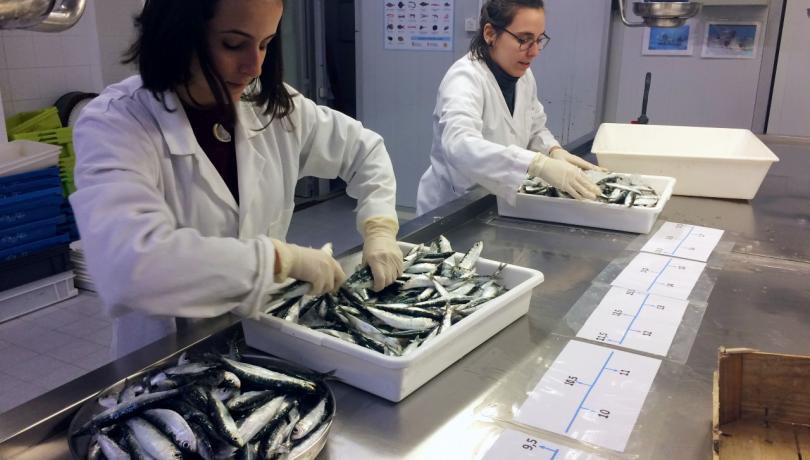This is the main conclusion of a study in which the ICM has participated and warns that gender bias may compromise the ability to effectively solve conservation problems.

Gender biases and barriers faced by women at different stages of their career is not a novel issue, and since the 1990s it has been a policy concern for the European Union (EU). Nevertheless, despite the various policies and legislation implemented by EU, there is still an underrepresentation of women in senior and leadership positions.
This is the main conclusion of a paper in which the the Institute of Marine Science (ICM-CSIC) has participated and that has been published recently in the specialized journal Biological Conservation. The study has once again put this reality on the table by analysing the representation of women in hiring, publishing, funding, and leadership positions in the EU. The authors, among them we can find some ICM researchers, have also explored the perception of the scientific community regarding this subject.
This analysis revealed a relative balance in early-career stages with a widening gap between women and men and as we move to more senior positions. According to the study results, this pattern is consistent across institutions and nations, with the proportion of women in leading position ranging from 13% to 24%.
Regarding the studies’ leadership, the research shows that in journals of lesser prestige there is certain balance between the ones that sign as first authors, but in the most prestigious publications only about 20% of first authors are women. Also, in most cases, last authors, who generally correspond to project leaders, are men.
The scientific community's perception
To assess perception regarding women in marine sciences and conservation, the authors used an online questionnaire where participants were presented with a series of statements from which they had to select their level of agreement. Finally, participants had to rank, from the most to the least important, 13 proposed measures for promoting gender equity. From all of them, establishing infrastructure supporting family responsibilities, transparent hiring procedures, and considering periods of inactivity took the top positions in this ranking.
Regarding the surveys, more women than men replied and most respondent perceived that men hold more senior position than women. Furthermore, 71% of the participants considered that “gender balance could positively influence conservation”.
“The findings of this paper suggest that mechanisms promoting a fairer share of family responsibilities and gender-blind processes in hiring and evaluation are the ones that could allow a more balanced participation of women in scientific leadership and conservation decision-making”, warn Marta Coll and Elena Lloret, two ICM researchers that have participated in the study.
Funding inequality
Finally, related to funding, the same trend is repeated, with similar percentages of women and men applicants for ERC starting grants but less women applying for consolidators grants and representing only 13% of grantees at his stage. An exception was the result regarding the balance in early career stages observed for Marie Skłodowska-Curie Individual Fellowships, where 45% of applicants were female and they represented 50.5% of the awarded grants.